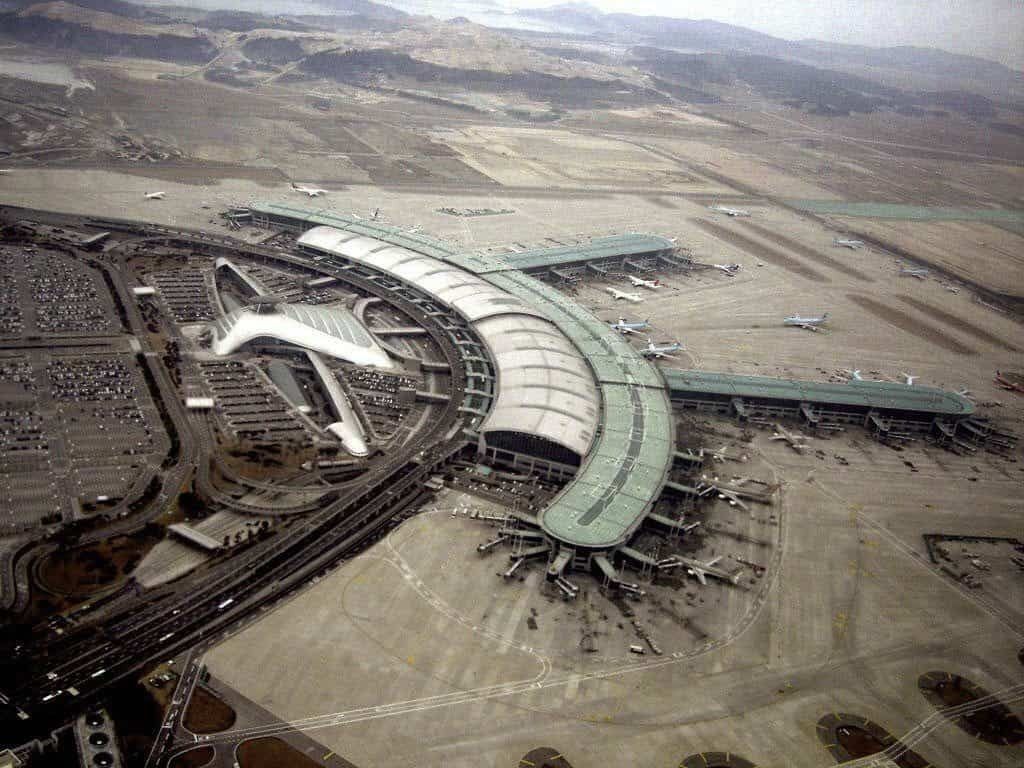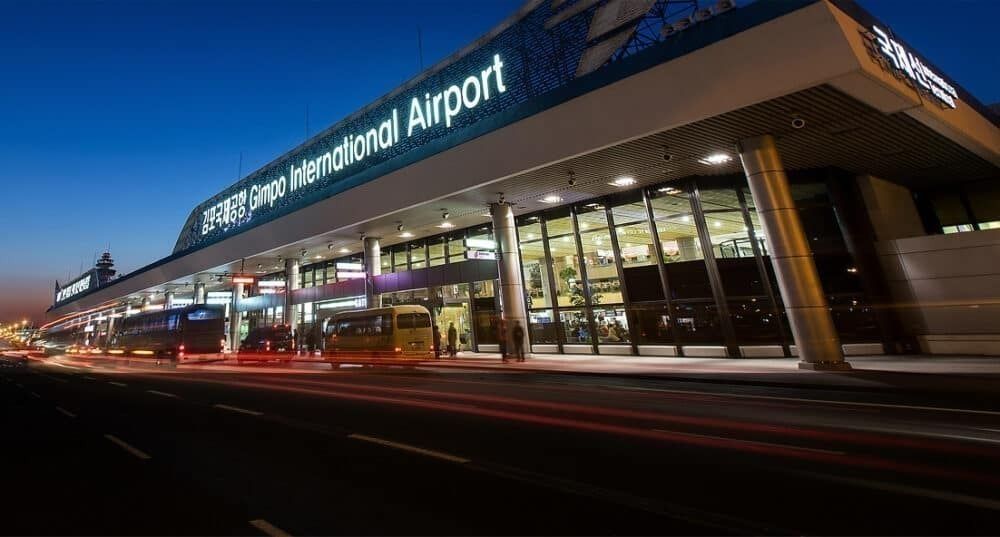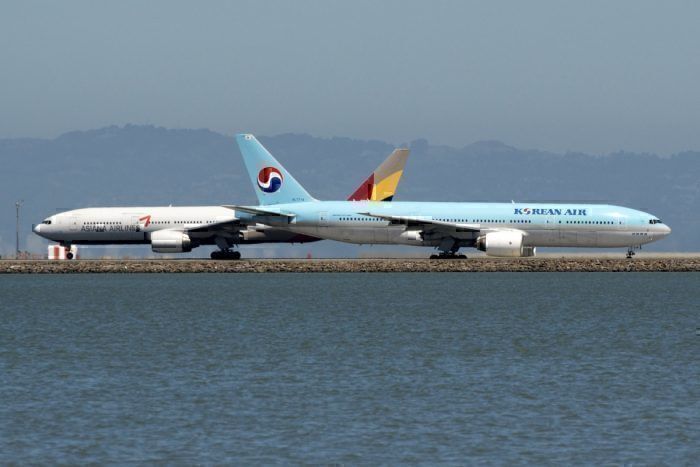Like many major cities, Seoul has more than just one airport serving it. In this case, the South Korean capital has two airports: Seoul Incheon (ICN) and Seoul Gimpo (GMP). While each location has its specialty, let's look at the pros and cons of each airport and which one might offer travelers a better overall experience.
Location, location
The location of the two airports is fairly straight forward. Both airports are located west of central Seoul. However, Gimpo is a straight-line distance of 16km (10mi) while Incheon is further out at around 48km (30mi).
Both are accessible by public transit (the Seoul Metropolitan Subway) with Gimpo taking roughly 40-50 minutes compared to 75-90 for Incheon. Of course, if central Seoul is your origin or destination, then Gimpo would be the ideal airport for the trip.
The metro ride out to both airports is certainly not fun during peak travel times as subway cars can be jam-packed, making any kind of luggage a significant hassle. Furthermore, with so many people swarming the system, you may find yourself standing the entire journey to the airport.
Destinations
In terms of places you can reach from each airport, there is no contest. Seoul Incheon is the clear winner. From Europe and the Middle East to Oceania and North America, this airport has services to destinations all over the world. In fact, over 70 airlines operate to and from Incheon.
This greatly overshadows Gimpo's humble offerings with the 17 airlines that operate out of the airport. This airport has a clear regional focus, with a number of domestic services (Busan and Jeju) as well as to the greater East Asian region (Beijing, Tokyo, Taipei).
That being said, there is a little bit of overlap and so if you are flying from Seoul to China, Taiwan, or Japan, you still have a choice to make.
The airport experience
So if you do find yourself having to choose, then airport experience will be a big factor in your decision. Of course, if you are making a short hop to a neighboring country then you might not even care too much.
In terms of customs and immigration procedures, Gimpo will be faster as it is smaller and less busy. On the other hand, if you have more than enough time before your flight, Incheon offers a wide variety of shopping and dining options.
Incheon is also a fantastic airport for transferring. Airside, the airport offers complimentary nap rooms which are quite comfortable (as long as your fellow nappers keep the noise down). There are also complimentary shower facilities and a free "virtual gym", which makes use of interactive screens to motivate you through some physical activity.
Conclusion
This is by no means a comprehensive comparison, but rather a quick overview and guide to how the two airports compare to each other. It's clear that Incheon will be the only choice for many travelers who are headed to/from far away destinations. This also means that if you're flying Asiana or Korean Air and transferring, you'll be going through Incheon.
However, if you're exploring the region, then Gimpo should be your airport of choice. Smaller, closer to the city, and straight forward, Gimpo is the airport that you'll spend a minimum amount of time at (in a good way).
Have you flown out of these two airports? Is there something we missed? Let us know in the comments.



